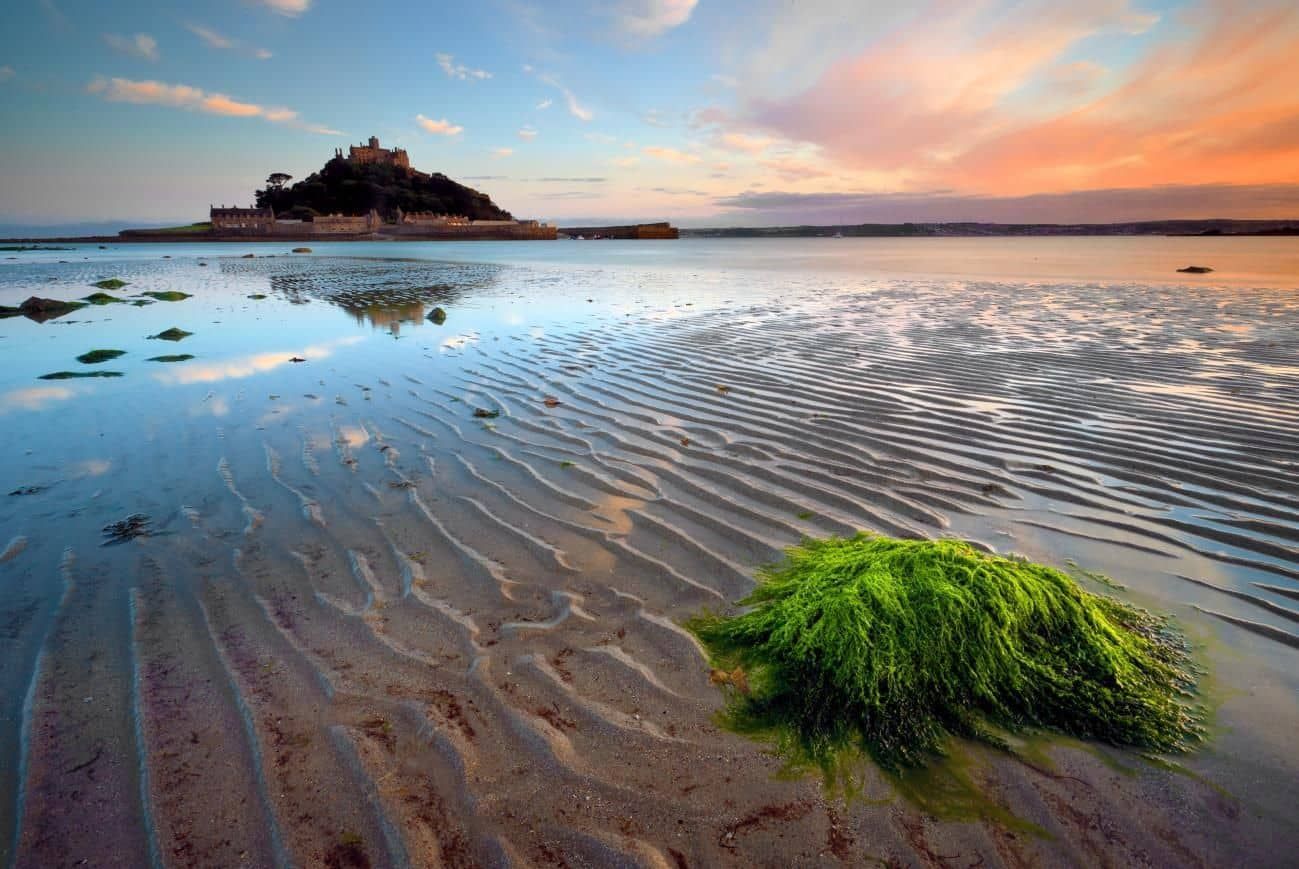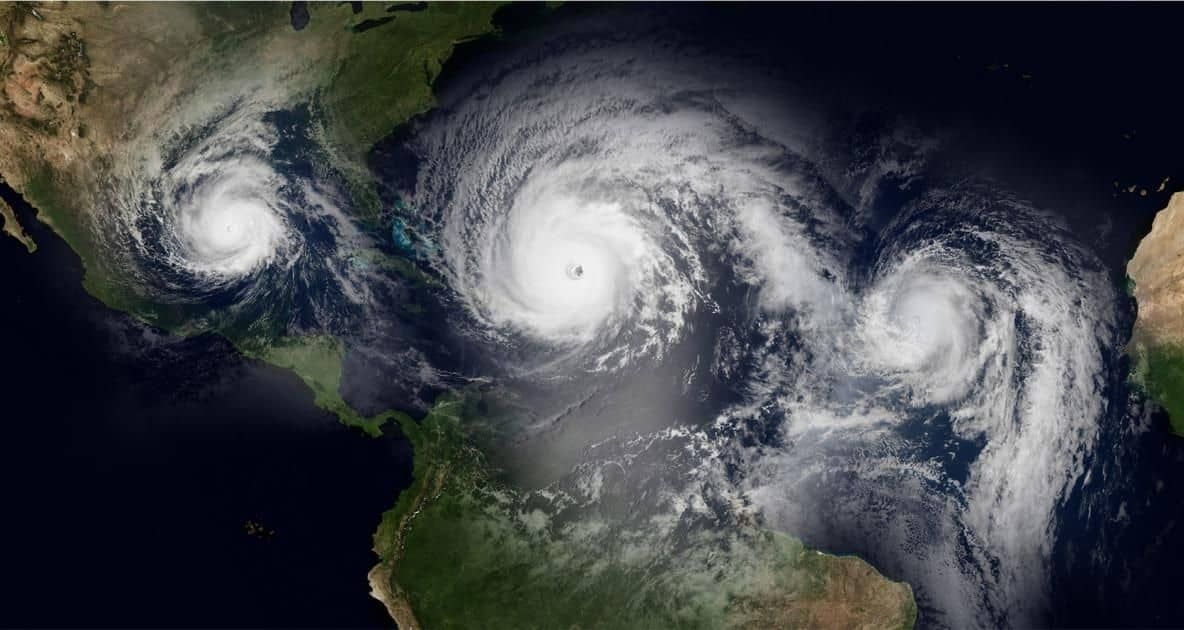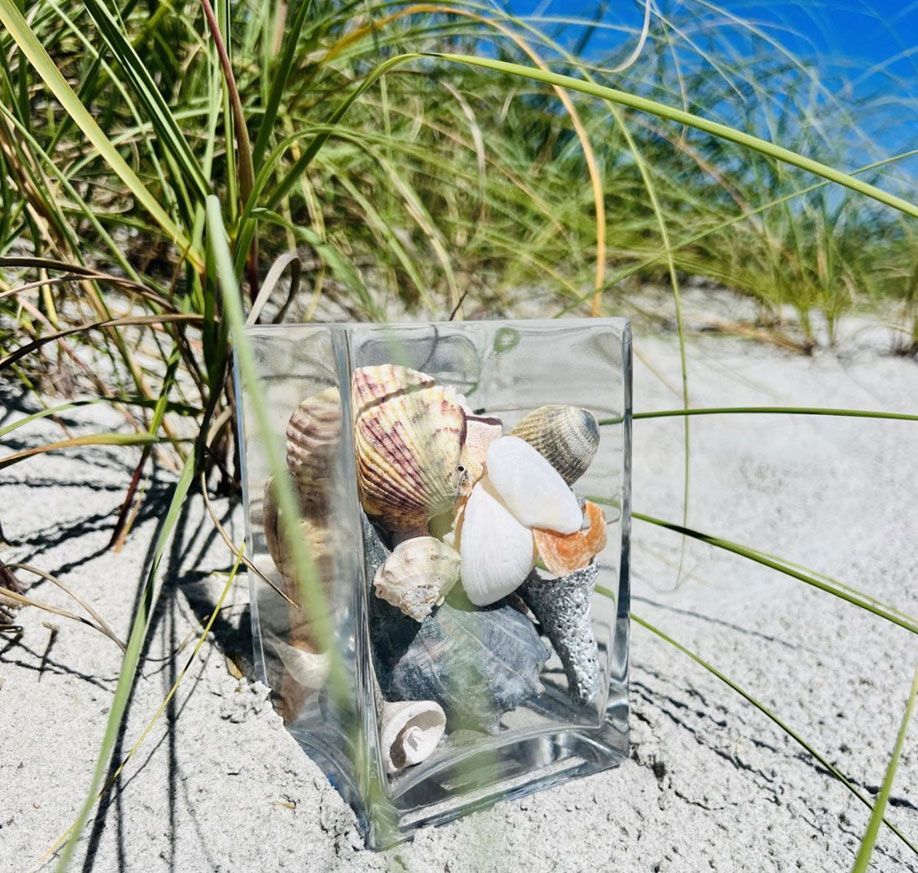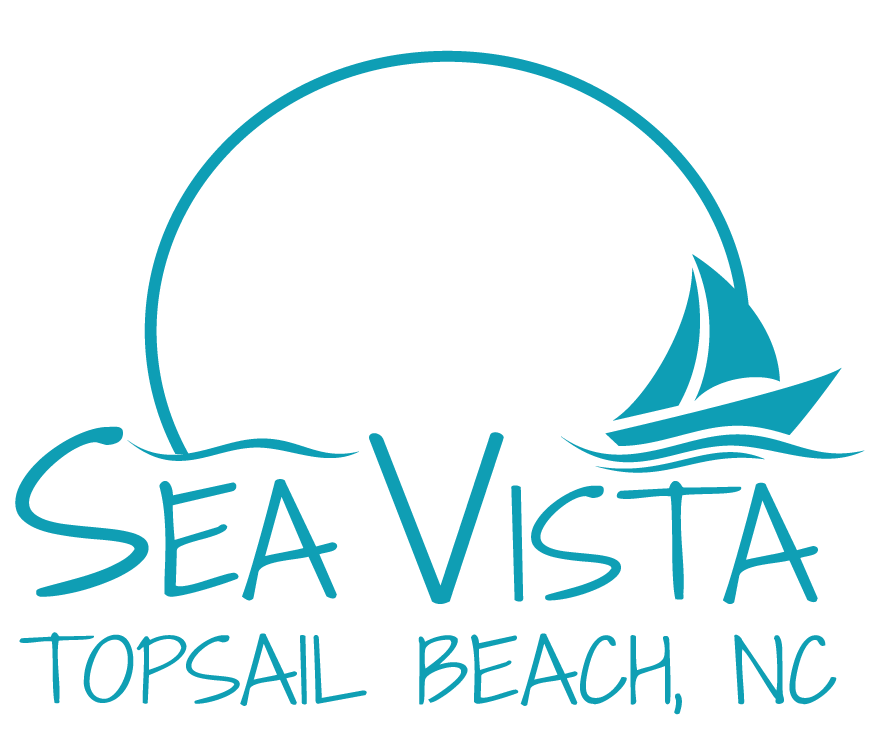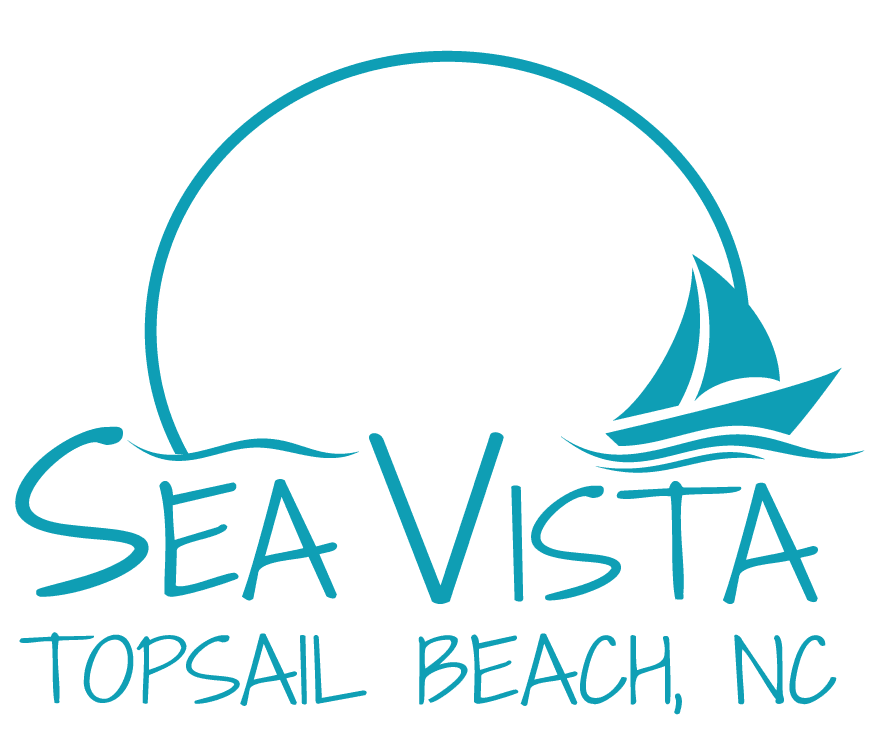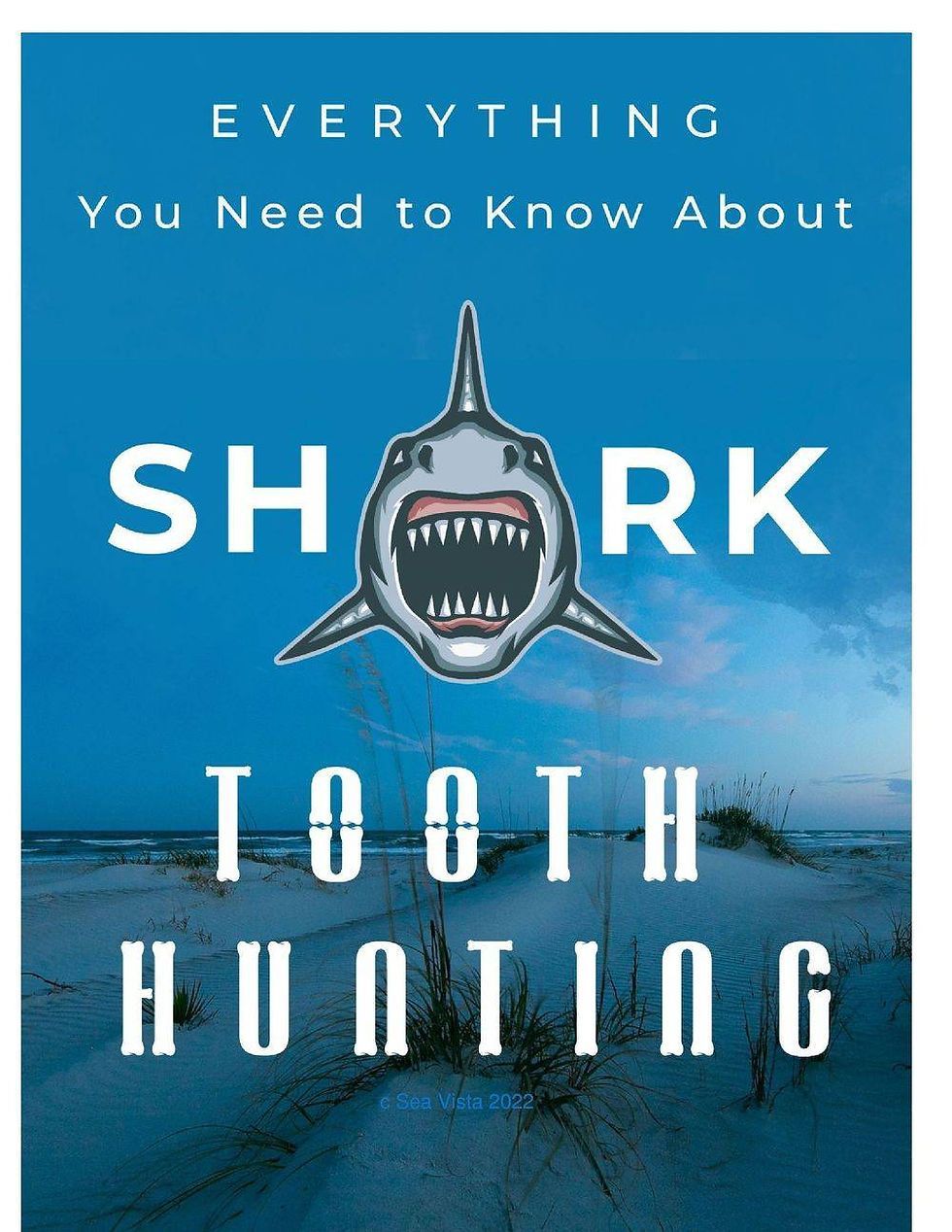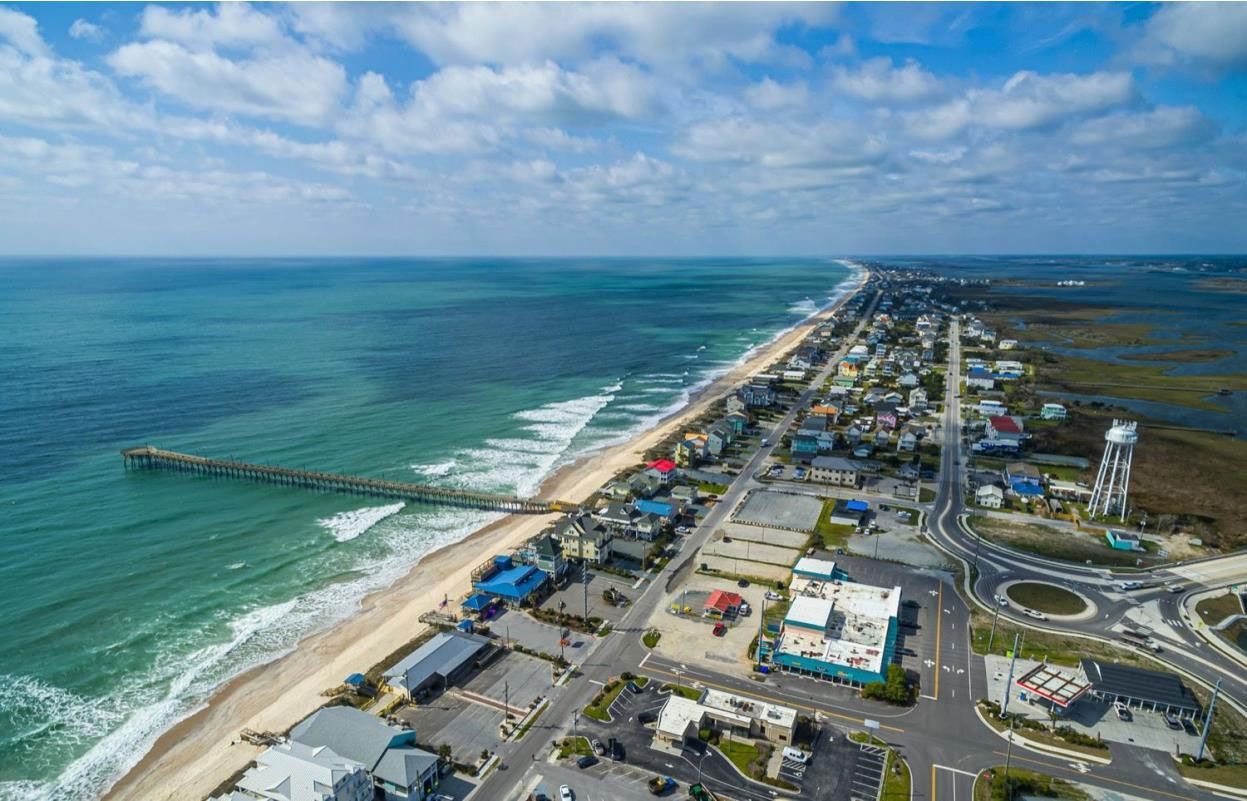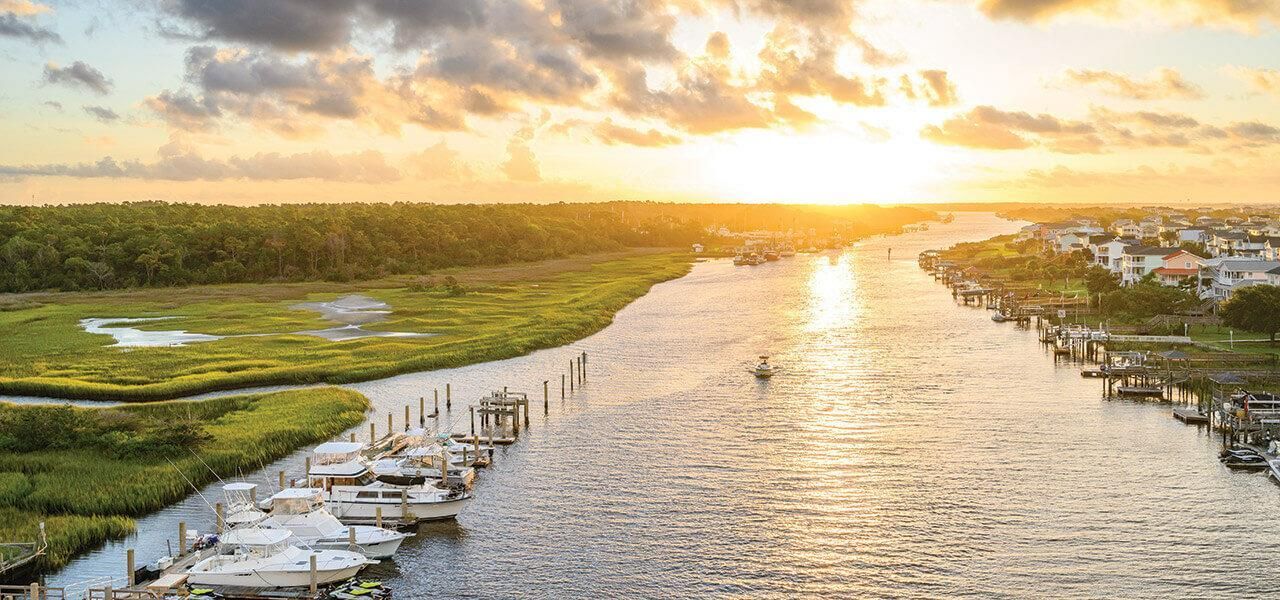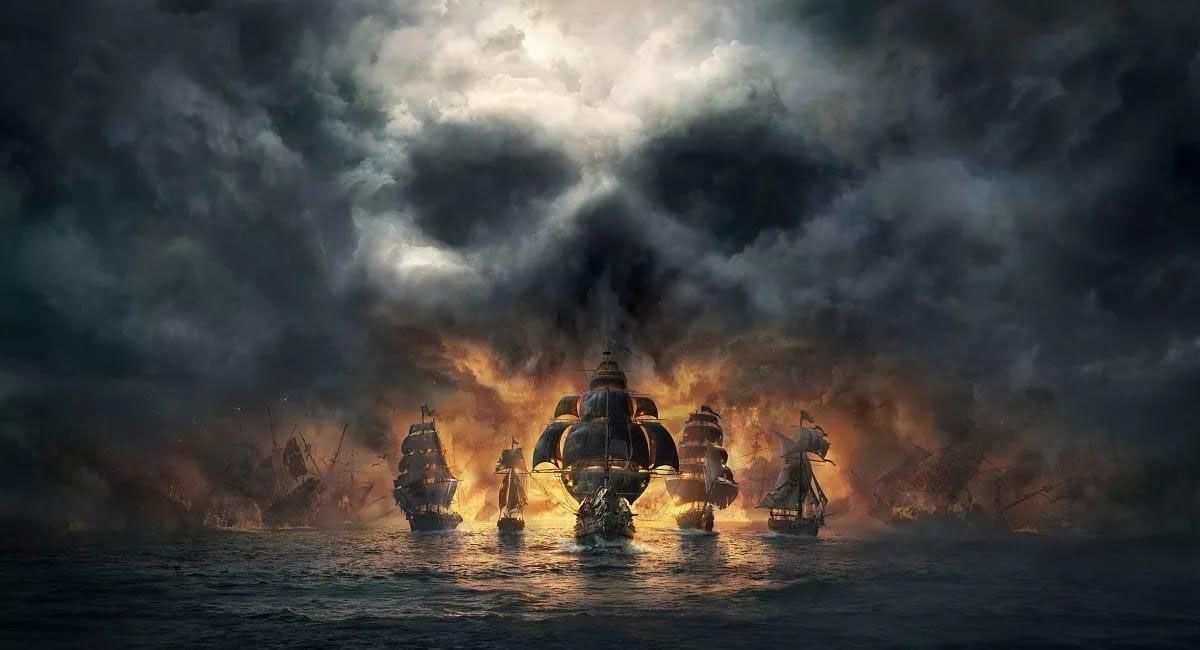THE PORT OF WILMINGTON AND BATTLESHIP NORTH CAROLINA
Just about 26 miles from the open sea, on the Cape Fear River, covering 308 acres of land, The Port of Wilmington lies proudly in resplendent scenery. In 2021, this world-class port was ranked as the 4th most productive port in North America, and the 49th most productive worldwide. Its strategic locus on the East Coast of the United States makes it reachable within 700 miles to more than 70% of the U.S. industrial base. The port boasts of modern transportation and warehouse facilities, and it possesses the largest dockside cold storage facility in the United States. But its state of-the-art equipment and excellent service are not all there are to the Port of Wilmington. It also played important roles in the history and wars of North America. Hold still as we walk down the hall of history!
CENTURIES EARLIER
Many years ago, early in the 17th century, the Europeans tried to settle in what is now known as Wilmington. First came the Swedish in 1638, then the Dutch in 1655, when they captured the Swedish settlement, Fort Christina. Unfortunately for them, they were driven out by the British in 1664. Fort Christina is the oldest European permanent settlement in North America. The present-day Wilmington was incorporated in 1739. It was named by Thomas Penn, the proprietor of Pennsylvania in honor of his friend, Spencer Compton, the first Earl of Wilmington, England. In 1765, when the American revolution against British rule started, the first armed uprising occurred where the Port of Wilmington is today. The port site was also used as military headquarters by British General Lord Cornwallis to recruit soldiers after his ignominious defeat at the Battle of Guilford Courthouse. Later on, he moved on to Virginia to touch base with General Henry Clinton’s army in New York City. After many combats and disputes, the revolution ended with the British peace treaty in 1784.
After the revolution, Wilmington expanded, and business grew quickly at the port site, but much of the growth took place during the United States Civil war (1861-1865). The huge demand for goods and materials was supplied at the site of the port. Businesses produced gunpowder, ships, rail cars, tents, uniforms, shoes, and blankets. In fact, the port produced more gunpowder than the other cities in the country. This prosperity caused the city to expand with many large homes and boulevards. The port also served as an important base for Confederate blockade runners and was the last to fall to the Union forces in 1865 after Fort Fisher fell.
THE PORT OF WILMINGTON BEGINS
It all started in 1913 when the city’s voters decided to build a marine terminal. The idea was to improve business greatly for local industries that manufactured ships, cars, and carriages. A Board of Harbor Commissioners was created to develop an economic development plan for the city's waterfront. The city then purchased forty-one hectares of land from the Lobdell Car Company in 1920 to build the port. The Port of Wilmington was completed and went into operation in 1923. In the first year of operation, the port handled a total of 17,000 tons of cargo. It handled all manner of cargo including lumber, wood pulp, ore, lead, fertilizer, and petroleum products. The port improved and expanded significantly over the years. In 1972, Del Monte Foods, Inc. made the port its ‘principal North American port-of-discharge’ for bananas and pineapples. In 1976, Volkswagen Group of America, Inc. chose the port for its Volkswagen, Audi, and Porsche automobile imports to North America. In 1995, The Port of Wilmington was purchased from the city of Wilmington by Delaware State. Delaware State created the Diamond State Port Corporation to operate the facility. To date, the port is owned by Delaware State.
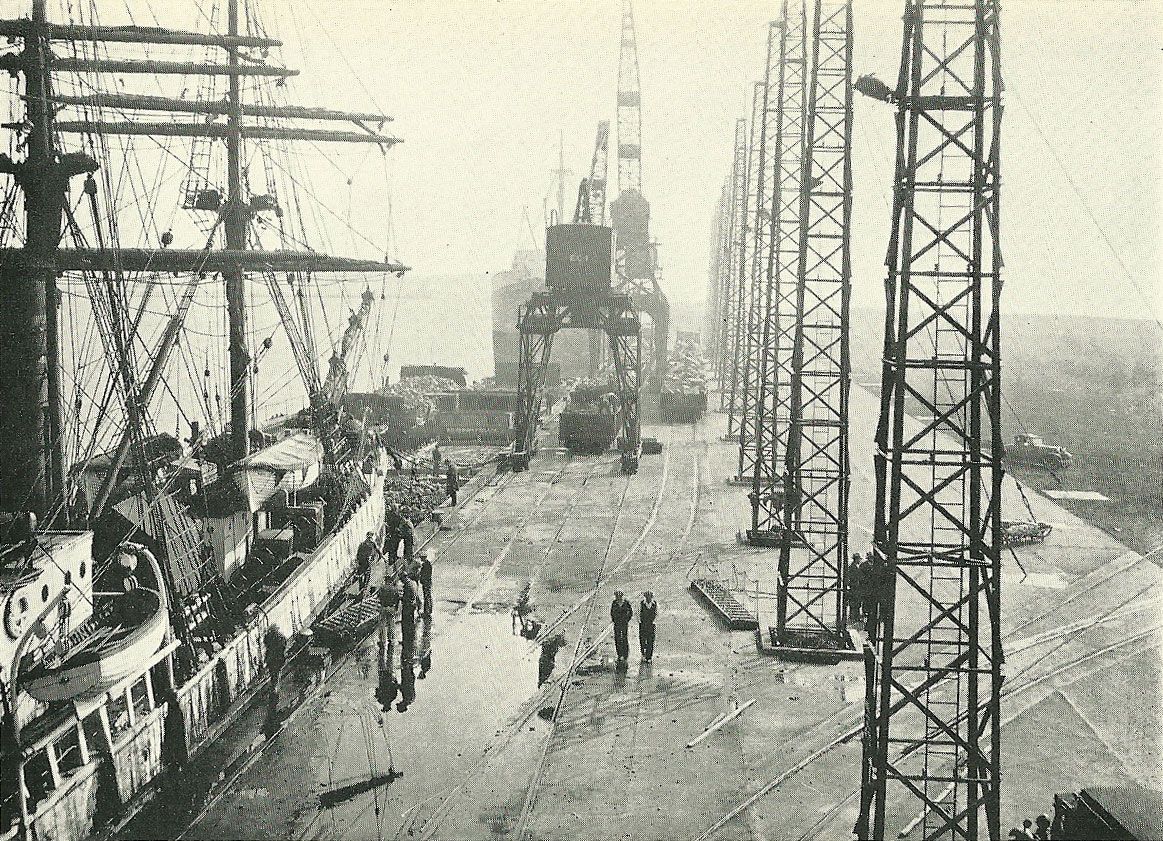
Wilmington Marine Terminal in the 1920s
THE PORT OF WILMINGTON TODAY
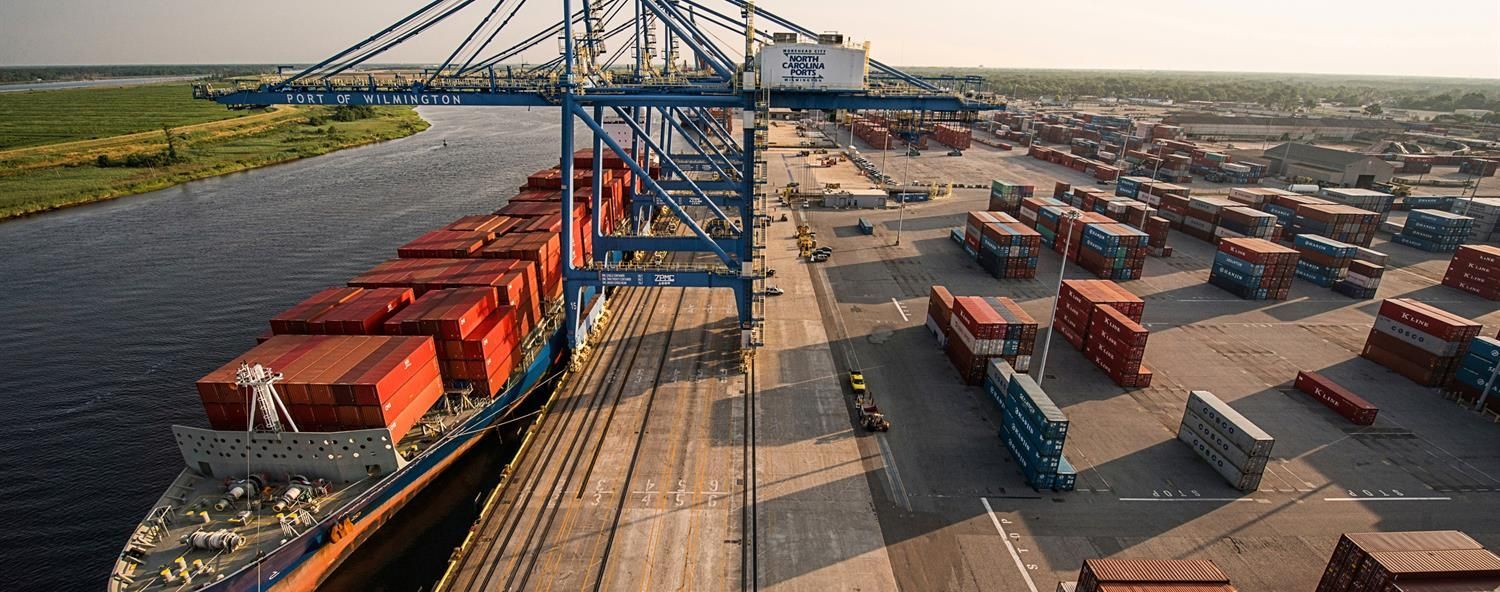
Today, the Port of Wilmington has been developed to splendor and excellence. It is a deep water port with a channel depth of 42 feet, giving it an amazing ability to accommodate heavy-laden ships (above 10,000 TEUs!) It lies at the confluence of the Christina River and the Delaware River in Wilmington. It surely doesn’t disappoint with its readily available berths for containers and general cargo. It has an automobile berth facing the Delaware River and nine berths facing the Christina River; seven are general cargo berths, one is a petroleum berth and the last is a floating rollon/roll-off (RoRo) berth. Surface transport of cargo from the port is served by CSX Transportation and Norfolk Southern railroads—both of which are Class I freight railroad companies.
The port is incredibly equipped with the latest cargo management technology which enables them to perform a wide range of services. Over the years, they have sought to improve their facilities and quality of service to provide solutions to their customers’ needs. They provide container services with cranes available for loading and offloading containers and sending them on their merry way to their owners. They are also equipped to transport bulk and break bulk cargo and support Ro-ro (roll on/roll off) operations for wheeled cargo. Having the largest cold storage facility country-wide, the port accommodates reefers (refrigerated containers) and all manner of perishables that require temperature-controlled handling. Its numerous facilities and modern equipment enable it to handle various cargo including, but certainly not limited to fresh fruit, juice concentrate, automobiles, petroleum, and even livestock. The Seamen's Center, located in the Port of Wilmington complex, ensures that the visiting seamen are catered to by providing entertainment and transportation to them. The port remains top-notch and intends to remain that way by continually upgrading its facilities and services. Don’t loosen your belts just yet, we are now taking an exciting turn in the hall of history!
BATTLESHIP NORTH CAROLINA
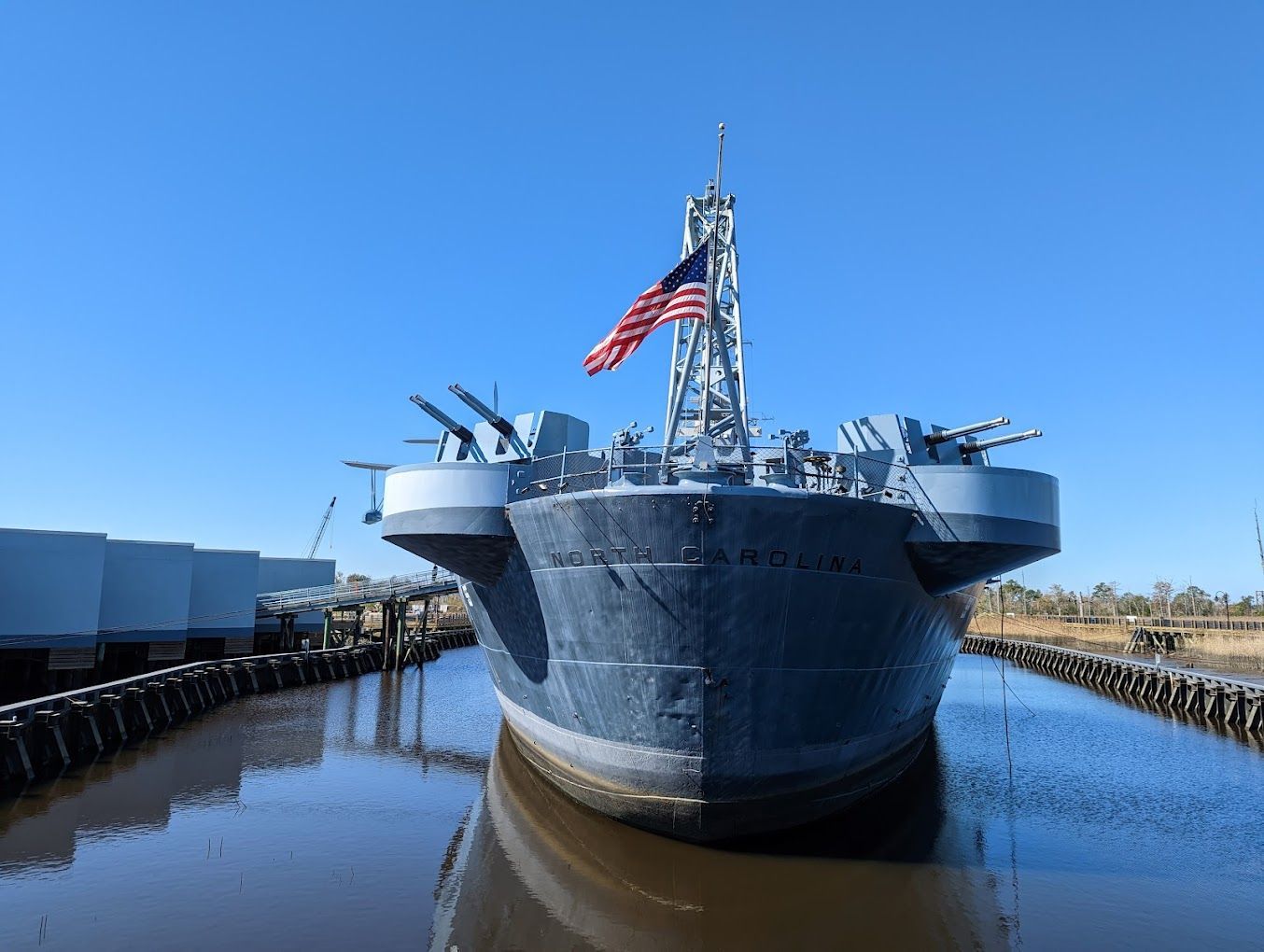
Shot by Robert Whitaker
Just along the Cape Fear River, downtown from the Port of Wilmington, rests one of the greatest weapons in American History, The Battleship North Carolina. In her days of glory, she was considered ‘the greatest sea weapon in the world’. USS North Carolina, as she was called, was built in the New York Navy Yard at a cost of $70 million. She was commissioned on April 9, 1941—she was the first new battleship to join the fleet in nearly twenty years. At that time, the United States still held neutral grounds in World War II (1939-1945). However, when the Japanese bombed Pearl Harbour in December 1941, the USS North Carolina mobilized for war.
For 40 months, USS North Carolina took part in almost every major offensive in the South Pacific, during which she earned 15 battle stars, the most won by any American battleship! In August 1942, she shot down several Japanese aircraft in the Battle of the Eastern Solomons during the Guadalcanal Campaign. Sadly, in September, she was damaged by a torpedo from a Japanese submarine. USS Wasp was fatally damaged in that attack but thankfully, USS North Carolina was repaired and returned to battle a few months later.
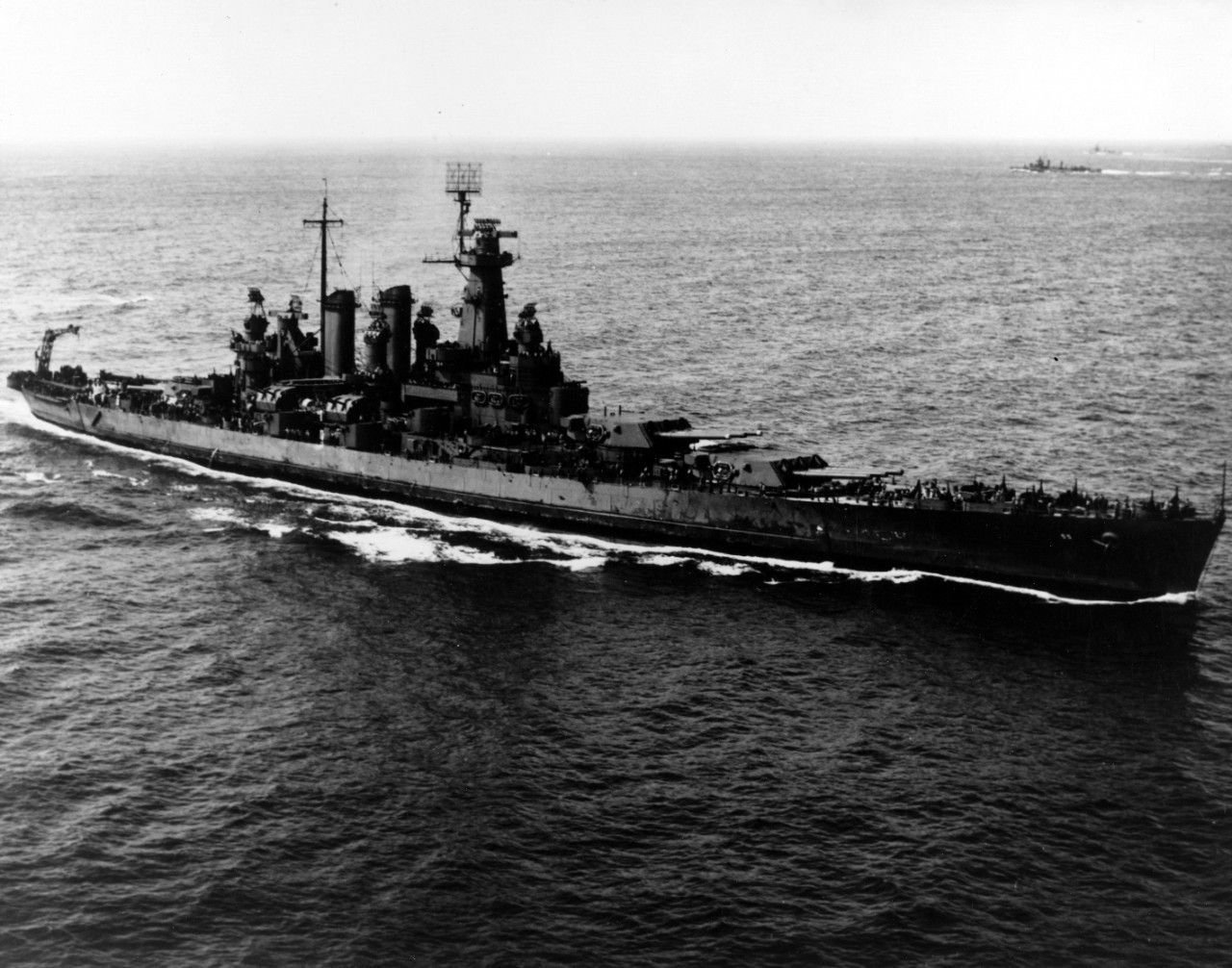
BSS North Carolina underway in the Hawaiian Islands on 27, March 1943.
After the Japanese surrendered in September 1945, Operation Magic Carpet was conducted by the War Shipping Administration to return millions of American military servicemen home. Due to a lack of transportation, many warships had to be utilized to transport the servicemen. USS North Carolina was actively involved in this operation, bringing many of the brave heroes home. A year later, she was decommissioned and placed in reserve. In 1960, she was stricken from the Naval Vessel Register and was to be sent to the breaker's yard for scrap heaping but she was saved by a statewide fundraising campaign to preserve her as a museum ship. In 1961, she was restored to her wartime appearance and was docked on the Cape Fear River, Wilmington, where she remains to date. She was opened as a museum ship on 14 October 1962 as a memorial to the brave North Carolinians who died in the war.
Today, you can walk the decks of the dignified battleship. As you climb the stairs they once walked on and step into the rooms they once lay in, you would feel the hearts of the heroes who stood dauntless in the face of terror, for peace within our borders. One can spend at least two hours absorbed in the walls of history as each part of the ship tells its own story. The Friends of The Battle Ship North Carolina offers guided tours that should be booked two days in advance. For a memorable and enjoyable tour, your choice of outfit can boost your experience. It’s best not to wear high heels or any shoes with narrow heels; the heels can get stuck in the grates and could cause you to trip at the least. A pair of pants is preferred over a skirt but you don’t want to wear anything that gets to the floor so you don’t risk tripping over it. Also, you’d feel good if you travel light. You certainly don’t want a heavy bag bearing down on your back as you climb up and down the stairs. Bring along a water bottle if you may, especially in the hot weather. With these in check, you can drift into the past as you walk the floor of the valorous battleship.
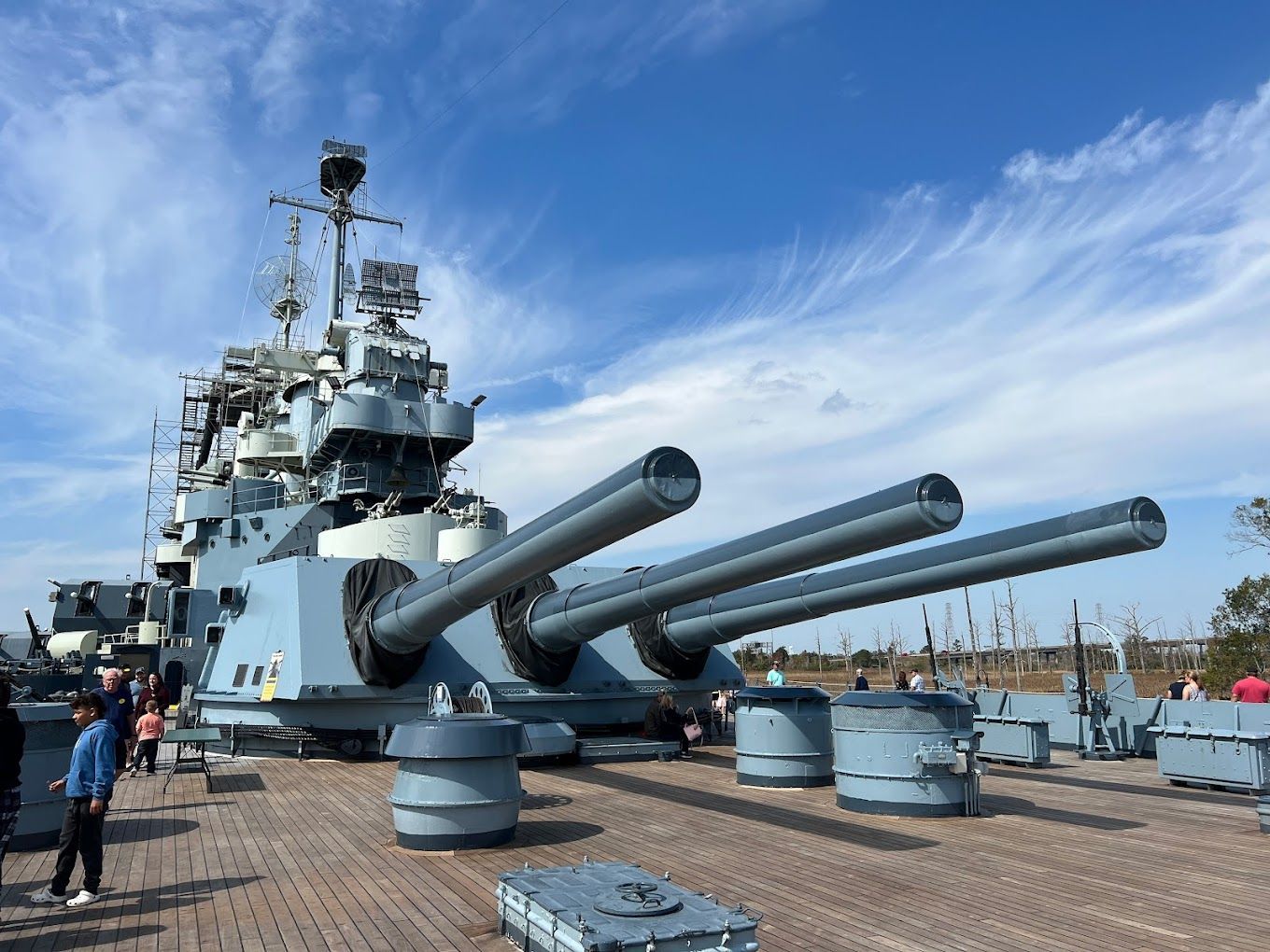
Shot by Ryan
North Carolina really is full of treasures. Your time spent here is your time well spent! Feel free to visit the splendorous Port of Wilmington when you’re in North Carolina. You absolutely should not miss the opportunity to tour one of the greatest battleships in history. Who knows, you may just get to fire an anti-aircraft gun! Maybe…just maybe!
